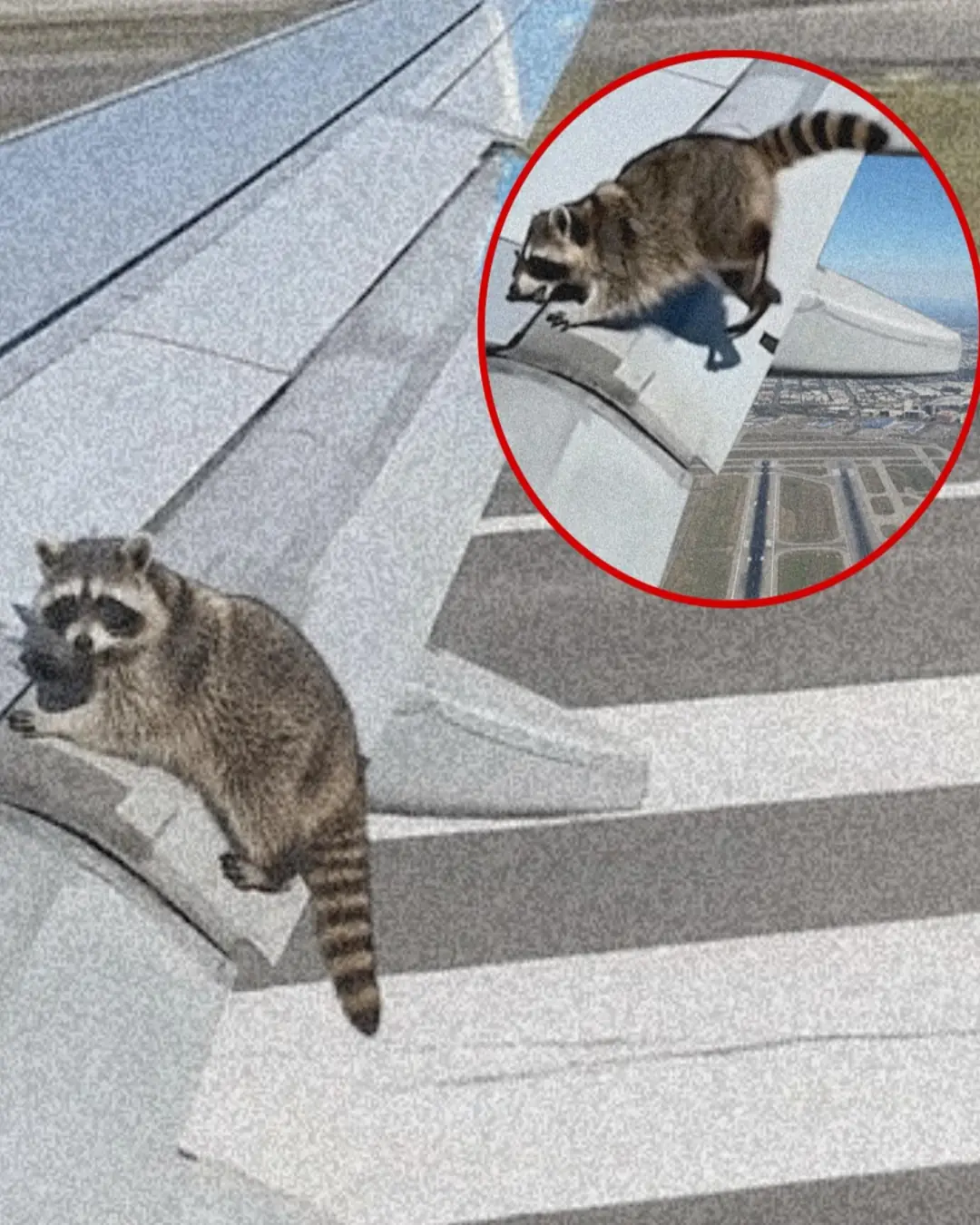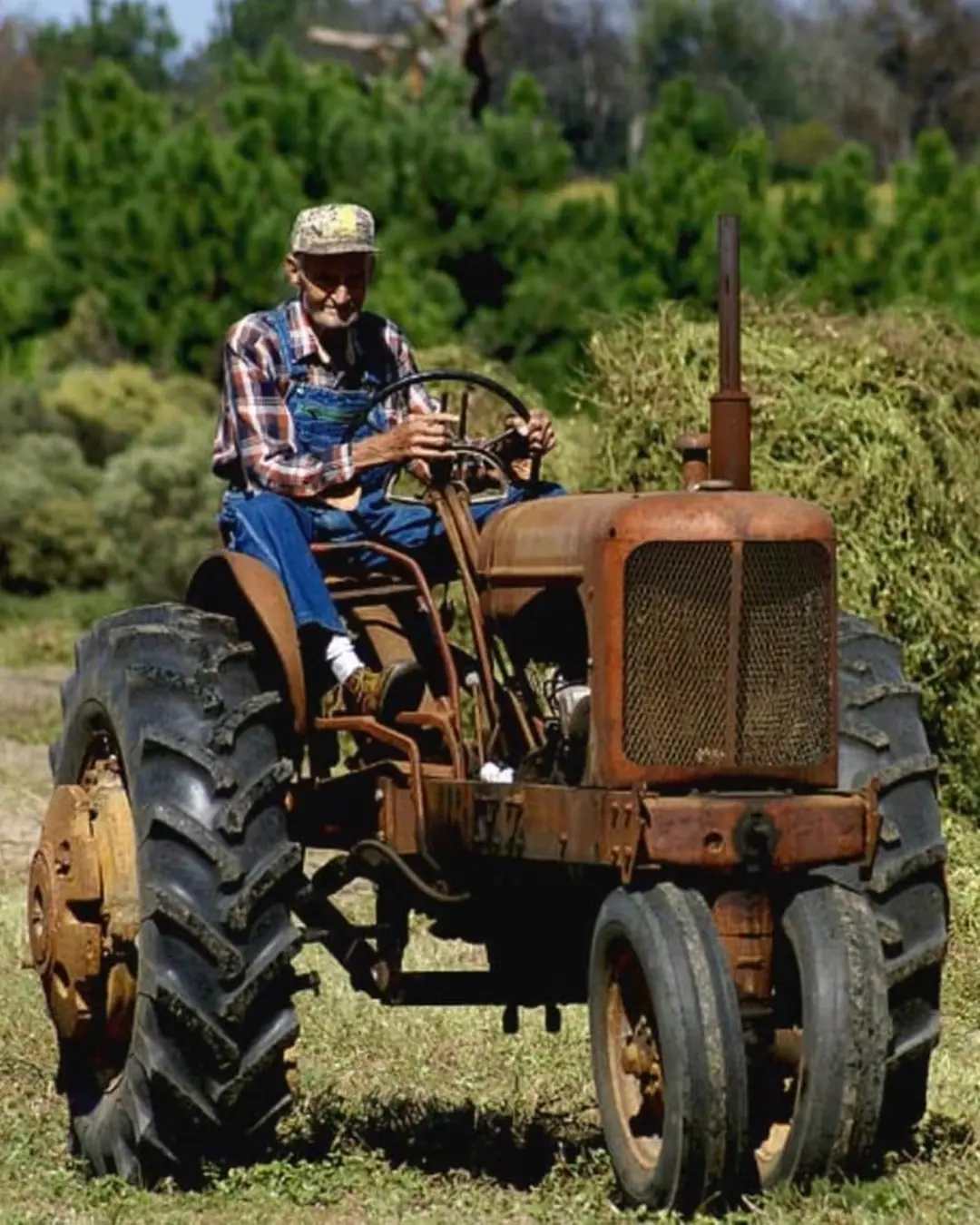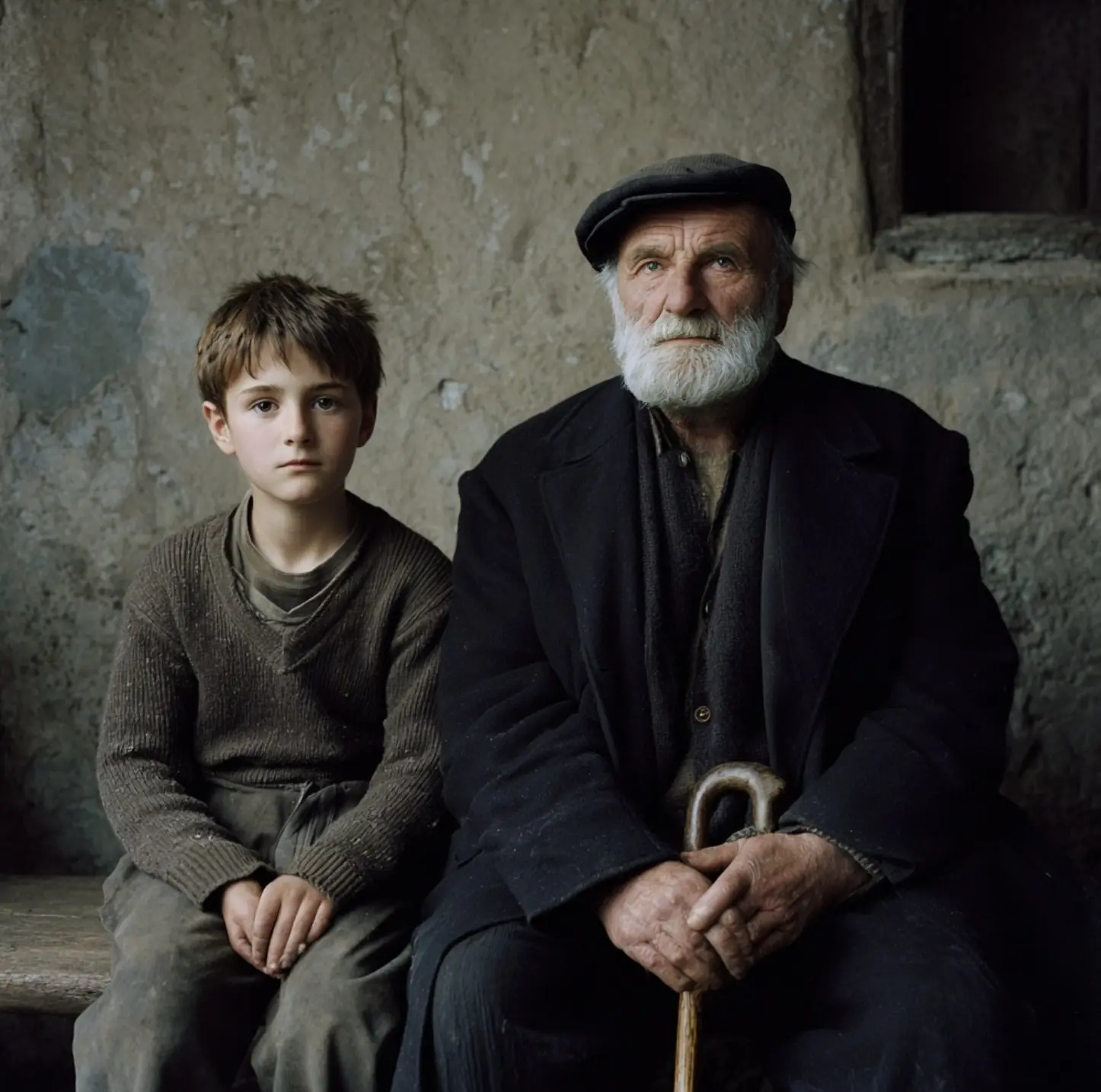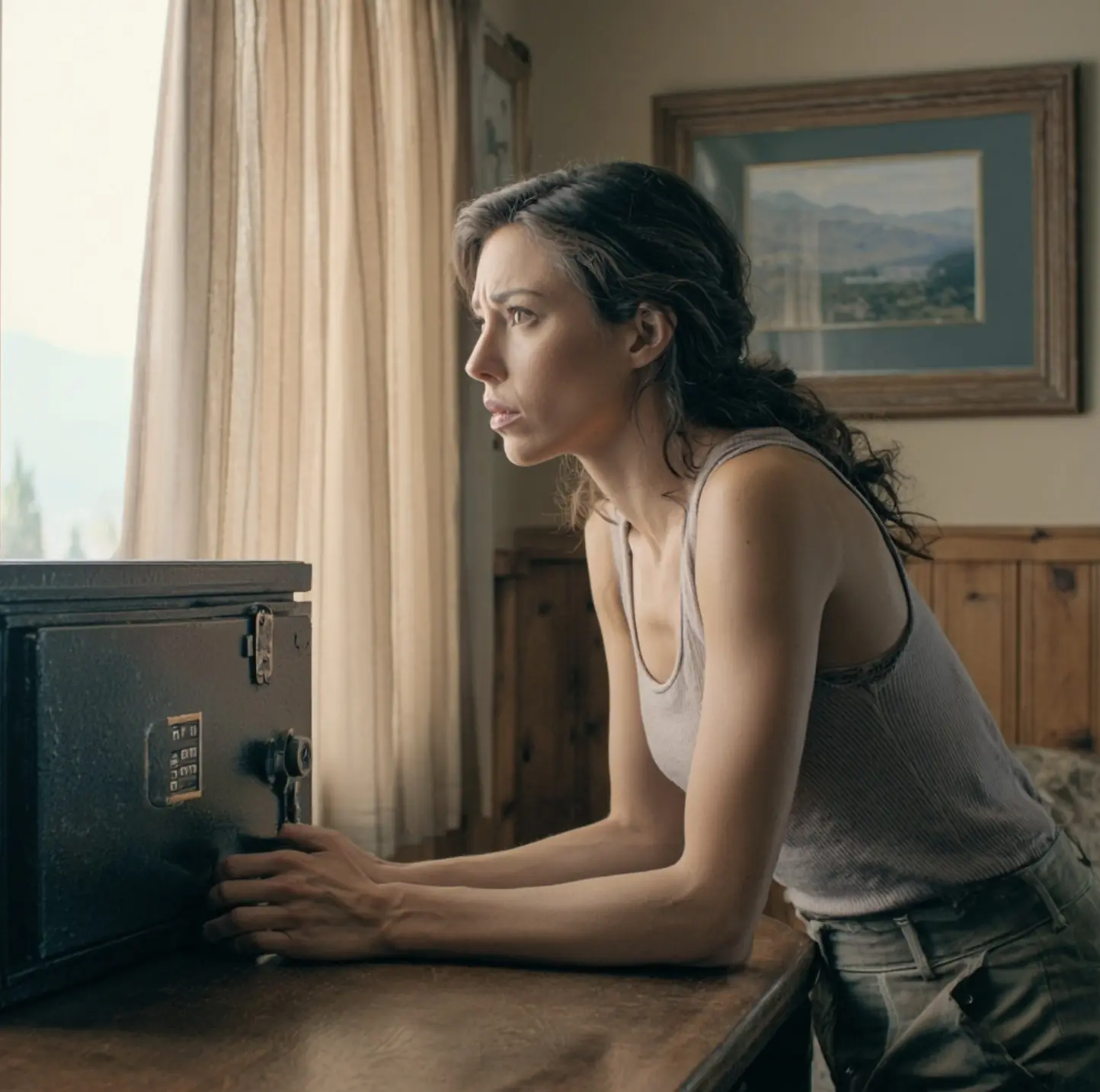
An Elephant’s Cry, A Human Answer.
The first light of dawn had only just touched the dry horizon of southern Kenya when a group of farmers near Makindu came across a scene that stopped them in their tracks. There, at the edge of their fields, a young elephant lay half-submerged in thick mud, trapped deep inside a man-made well. Caked from trunk to tail in the red clay of the earth, the animal flailed in desperation — every movement a plea for life.
The massive elephant, likely weighing over six tonnes, had fallen in during the night while searching for water — a rare and precious resource in a region gripped by a relentless drought. Parched rivers and cracked soil had left both humans and wildlife scrambling for every drop.
Hour after hour, the elephant had tried to climb out. Its feet slipped again and again on the slick clay walls, each attempt draining more strength. As the sun climbed higher, its trumpets of distress pierced the dry air, echoing across the plains — a haunting cry of desperation from one of Earth’s most majestic creatures.
An Unlikely Alliance

The farmers who found the elephant faced a painful decision. Elephants in the region had long been seen as both symbols of beauty and sources of tension. During dry seasons, herds often wandered onto farms, trampling crops, destroying water sources, and occasionally threatening livelihoods. The relationship was strained — coexistence forced, not chosen.
But that morning, as they watched the elephant struggle, something shifted. Despite the past, they chose compassion over conflict. In that vulnerable creature, they didn’t see a threat — they saw suffering.
They made the call.
Soon, rangers from the Kenya Wildlife Service and conservationists from the Big Life Foundation arrived on scene, bringing both experience and urgency. But the situation was dire. The pit was deep, the walls steep and slick with mud. The elephant was weakening fast, and each failed escape attempt risked injury or death.
Then, help arrived from an unexpected place.
A nearby construction crew from the China Road and Bridge Corporation had been working on an infrastructure project just miles away. When they heard about the situation, they rushed to the scene — bringing with them a critical piece of equipment: a hydraulic excavator.
What followed was a moment of remarkable unity.
The construction team, the rangers, the conservationists, and the farmers — people who came from different nations, different walks of life, and often different sides of the human-wildlife conflict — now stood shoulder to shoulder, focused on one mission: saving the elephant.
The Rescue
The digger’s arm extended slowly over the pit, each movement deliberate and careful. The operator worked with the precision of a surgeon, carving an angled slope into one side of the pit. There was no margin for error — one false move could harm the elephant or trigger a collapse.
Jeremy Goss, a conservationist on the scene, later described the moment:
“It was heartbreaking to watch it struggle for hours. The elephant had wandered into the farmland searching for water during the extreme drought. But the moment the excavator began digging, everything changed. It gave us all hope.”
At first, the elephant hesitated, unsure whether this sudden change meant danger or salvation. The digger nudged at the mud, gently prodding the animal toward the escape path. Then, with a sudden surge of strength — perhaps its last — the young elephant hoisted itself up, slipping and scrambling until it finally pulled free from the pit.
The crowd erupted. Cheers, applause, and even tears flowed freely. In that moment, there were no boundaries — just humans celebrating life.
Back to the Wild
The elephant stood, breathless and trembling, its entire body covered in mud and exhaustion. But it was alive.
Rangers moved quickly, guiding the animal away from nearby farms. A vehicle convoy flanked it from a distance, and a helicopter soared overhead, helping steer it toward safety. Slowly but surely, the elephant began its journey back to Chyulu Hills National Park, where it could recover far from the threats of roads, wells, and settlements.
It looked back only once — a final glance before disappearing into the vast green hills.
A Lesson in Coexistence
Reflecting on the day, Jeremy Goss said:
“Yes, humans caused the danger by digging the well. But humans also saved that elephant’s life. That balance — that duality — is at the heart of conservation.”
It wasn’t just a rescue operation. It was a powerful reminder of the delicate thread that connects people to the wild — a thread that, when respected, can hold.
Too often, the conversation around wildlife is framed in conflict: crops destroyed, lives endangered, territory contested. But that day, in a sun-baked field in Kenya, the narrative changed. Opponents became allies. Strangers became teammates.
A Future, Shared

The young elephant carried more than just the weight of dried mud on its back as it walked away. It carried with it the silent hopes of everyone who watched it rise — a belief that perhaps, in a world divided, shared moments of compassion can still bind us together.
This was a story not just of survival, but of unity. A day when machines meant to build roads instead carved a path to freedom. A day when people remembered their power not just to harm, but to heal.
A day when humanity pulled together — to lift something wild and wondrous from the depths.
And in doing so, lifted something in themselves.
News in the same category


The Night Edith Found Her Angels at a Waffle House

The Dog Who Healed Our Hearts: A Story of Rescue, Love, and Second Chances

A Night at McDonald’s That Changed a Life — And Mine

Beyond the Badge: A Police Officer’s Reflection on True Community Connection

Koda the Christmas Bandit: The Dog Who Unwrapped Every Gift Under the Tree

A Brother’s Gift: Caleb’s Courage for His Sister Libby

Two Brothers, One Battle: The Scotts’ Fight for Life and Hope

The Farmer’s Slow Lane

The Gift of a Grandfather Without Bloodlines.

My Ex-husband’s New Wife Unexpectedly Contacted Me – What She Wrote Made Me Go Pale

I Inherited My Grandma’s Cotage, but My Jealous Cousin Wrecked It — So I Made Her Pay Every Penny

I Nearly Left My Wife When She Gave Birth to a Baby with Dark Skin — But the DNA Results Left Me Ashamed

My Stepmother Read My Childhood Diary Out Loud at My Wedding to Embarrass Me — She Regretted It Instantly

When his mother decided to leave again, Timka was twelve. She didn’t really explain anything, only said she’d been invited to teach—for just a couple of weeks

— Honestly… — her friend paused for a second, as if afraid to say too much, — I still don’t understand: how did you dare to do this? This is beyond the pale, Liza!

A pregnant student stood on the edge of a bridge, ready to jump… But a sudden child’s cry made her turn—and what she saw changed everything!

— “How can you sink so low? Aren’t you ashamed, dear? Your arms and legs work—why don’t you get a job?” people would say to the beggar woman with a child.

After her husband’s death, she finally dared to open his safe—the one that had always been locked. The moment the door gave way, the woman barely stifled a scream.
News Post

What Your Lips Say About Your Health

Important News for Everyone Who Loves a Daytime Nap

The Night Edith Found Her Angels at a Waffle House

The Dog Who Healed Our Hearts: A Story of Rescue, Love, and Second Chances

A Night at McDonald’s That Changed a Life — And Mine

Beyond the Badge: A Police Officer’s Reflection on True Community Connection

Koda the Christmas Bandit: The Dog Who Unwrapped Every Gift Under the Tree

A Brother’s Gift: Caleb’s Courage for His Sister Libby

Two Brothers, One Battle: The Scotts’ Fight for Life and Hope

The Farmer’s Slow Lane

The Gift of a Grandfather Without Bloodlines.

12 Powerful Natural Painkillers Found in Your Kitchen

11 Honey Remedies That Truly Work

4 Dangerous Mistakes When Using an Air Fryer That Can Lead to Poisoning, Cancer, and Even Fires

The Secret of Our Hand to Show RICH or POOR…

The Purpose of the Overflow Hole in Your Sink You Never Knew

Only 2% Know This Ancient Spice Can Clean Lung Mucus Overnight 💥

🌿 SENIORS: This 1 Leaf DESTROYS Diabetes & Melts Belly Fat (Doctors HATE It!) | Barbara O’Neill
